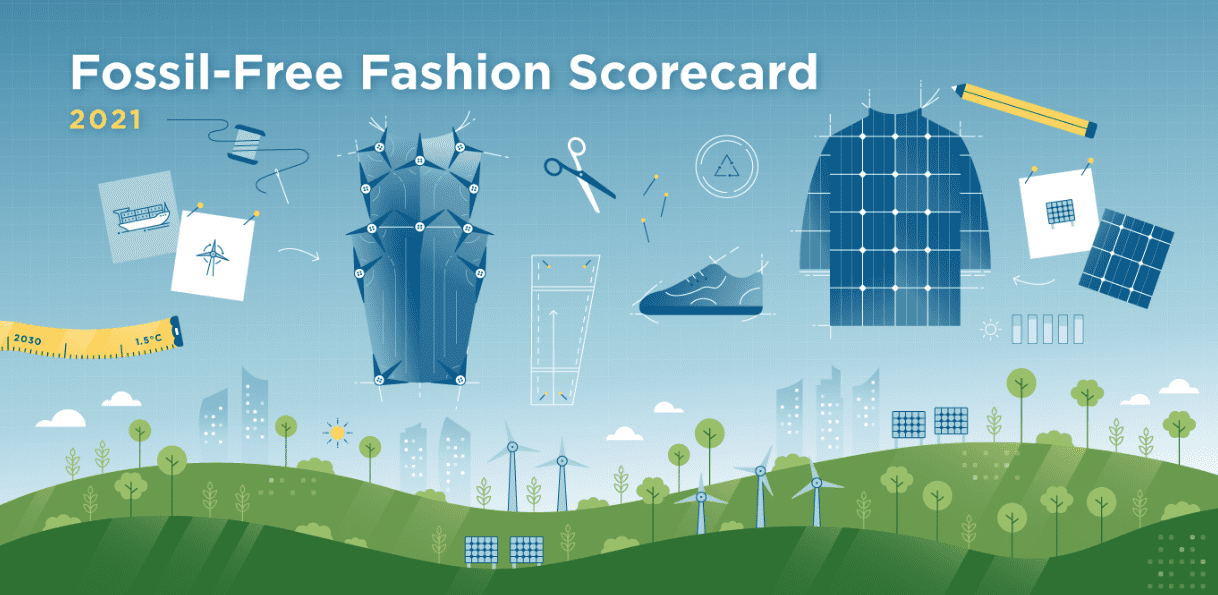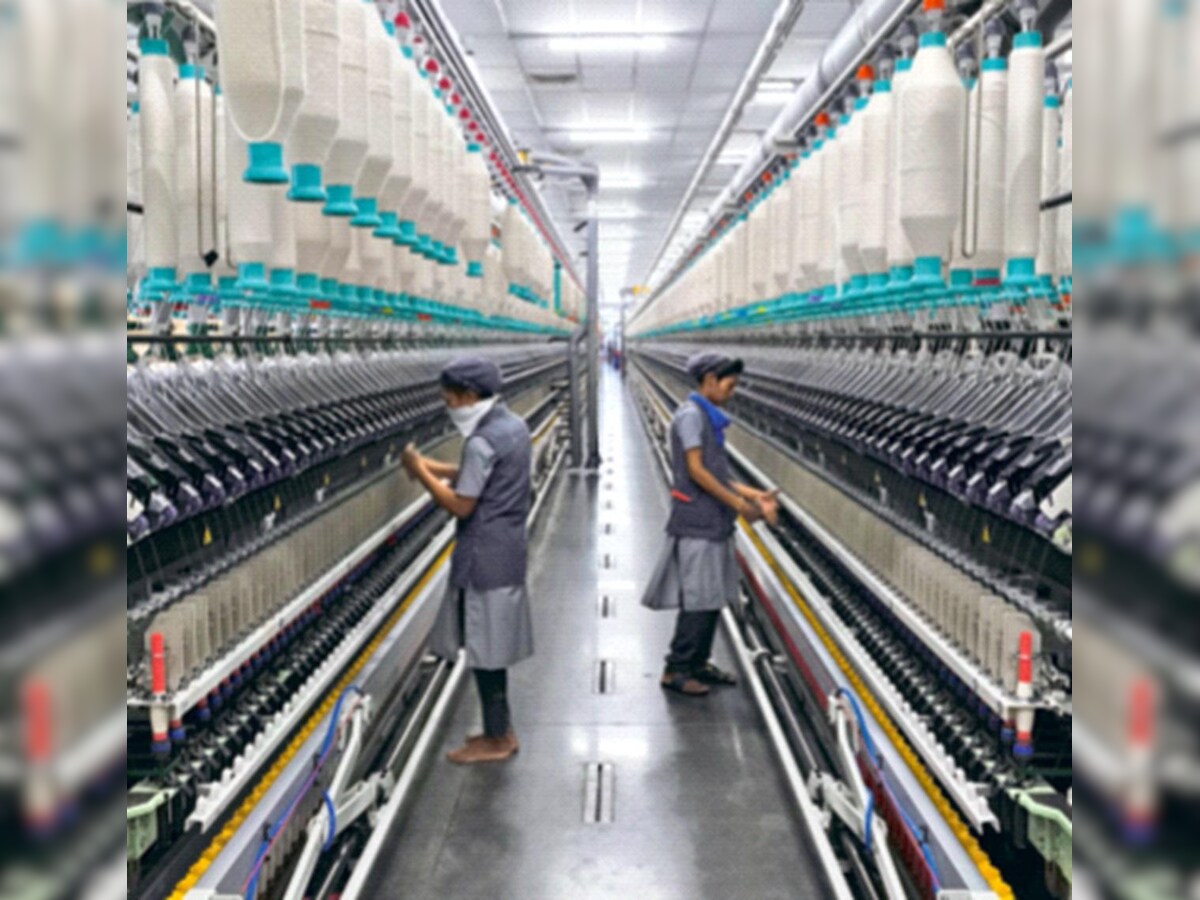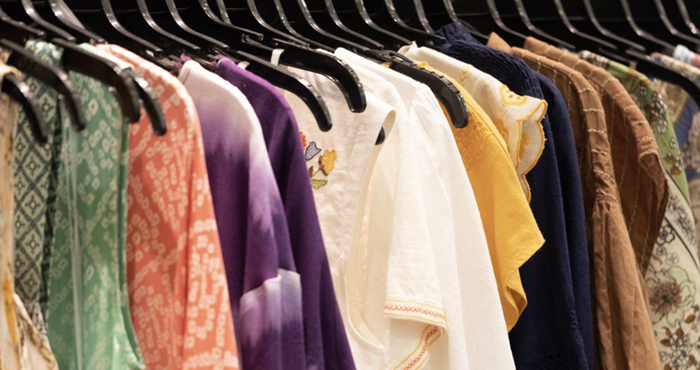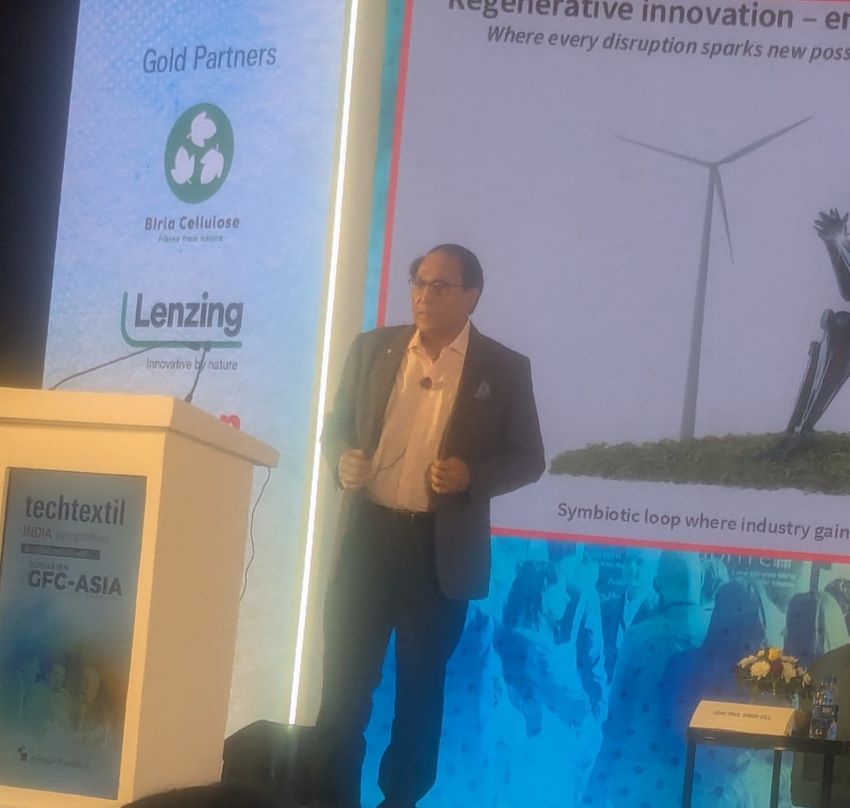FW
The European Committee of Textile Machinery Manufacturers (CEMATEX) has announced that it has awarded a contract to a new company, ITMA Services, to organise its ITMA 2019 show.
ITMA Services NV is headquartered in Brussels and has a subsidiary office, ITMA Services Pte, in Singapore.
Sylvia Phua has been appointed as Managing Director of ITMA Services Pte Ltd. Phua has previously been involved in organising ITMA 2011 in Barcelona, ITMA 2015 in Milan, as well as the ITMA ASIA 2001 and 2005 shows in Singapore. She also collaborated on the ITMA ASIA + CITME series of shows in Shanghai from 2008 through 2014.
ITMA 2019 will be held from 20 to 26 June 2019 in Barcelona, Spain.
CEMATEX comprises national textile machinery associations from Belgium, France, Germany, Italy, Netherlands, Spain, Sweden, Switzerland and the United Kingdom. It is the owner of ITMA and ITMA ASIA. Considered the 'Olympics' of textile machinery exhibitions, ITMA has a 65-year history of displaying the latest in machinery and software for every single work process of textile and garment making. It is held every four years in Europe.
The All Pakistan Textile Mills Association (APTMA) Chairman Tariq Saud has urged the Pakistan government to wake up from a slumbering mode and save the textile industry in order to save economic growth of the country.
Saud said the availability of 24/7 energy to the industry would only be useful when viability of the industry is restored. He condemned the indifferent attitude towards prevailing state of affairs of the textile industry, which is a mainstay of Pakistan economy with backward and forward linkages, biggest employer and the highest export earner in the country. He further said that if this unfriendly attitude of the government will be continued then the industry will move towards the position of no return.
According to the APTMA Chairman, the first nine months financials of the listed companies of the textile sector suggest that the industry is heavily under pressure. He added that only 30 per cent of the listed companies of textile industry marginally performing while remaining 70 per cent companies showing closure or negative results.
Financials of the non-listed textile companies are even worst and the exports of the sector are showing negative trends over the last two years, which the APTMA has been putting on record time and again. Unprecedented cotton crop failure caused 35 per cent drop in production this year.
The Zero Discharge of Hazardous Chemicals (ZDHC) Foundation, which was formed with the target of eliminating the use of hazardous chemicals in the textile and footwear industry by 2020, has released its 2015 annual report.
The ZDHC transitioned to foundation status in 2015, making it a legal entity, appointed its first board of directors and executive director and created a small team spread between Europe and the US.
The Foundation added a Wastewater Quality tool to its programme, released the Chemical Management System (CMS) Guidance manual to help brands, retailers and suppliers develop their own CMS and published version 1.1 of its Manufacturing Restricted Substances List (MRSL), expanding the list to include leather.
ZDHC Foundation has six main priorities for 2016: updating and promoting the MRSL, finalising the audit conformance process, researching solutions to eliminating hazardous chemicals, developing Wastewater Quality Guidance, creating training for standardised chemistry management data and embedding its tools in the supply chain
An industrial estate is coming up in the Rajshahi region of Bangladesh. It will create job opportunities for around 5,000 people and backward linkages. A huge garment factory is coming up on the estate. The hundred per cent export-oriented sweater factory is expected to go into operation by the beginning of next year. At the preliminary stage, around 20,000 sweaters will be manufactured every day. In phases, the daily production capacity will be enhanced to a million pieces.
The industrially backward and hitherto neglected Rajshahi area is aiming at eradicating its unemployment problems. Big companies have invested in the estate. The sick and laid off industries are being replaced with new viable enterprises. Moreover, 190 industrial units out of a total of 200 plots are making a profit through their successful operation and ten other units are waiting to go for production in the near future.
The industrial estate, established in 1961 on 95.71 acres of land, has been provided electricity, water supply, security, road and drainage facilities to help entrepreneurs run their business.
Entrepreneurs have shown keen interest in reviving sick industries. They want a business friendly policy, secure and continuous gas connections for industrial units and bank loans at low interest rates.
The second Global Geosynthetics Summit will be held in New Delhi, May 19 and 20, 2016. The event will take stock of existing guidelines, codal provisions and accreditation processes for adopting geosynthetics for roads, railways and coastal or riverbed applications. Key stakeholders on a single platform will deliberate on mechanisms for encouraging geosynthetics applications as innovative solutions.
Geosynthetics have been used globally since several decades. These materials have provided innovative engineering solutions for several applications in civil and geotechnical engineering, and in particular, infrastructure development. Even while geosynthetics have been extensively used in developed as well as many developing countries, India has yet to capitalise on the technical, economical and environmental benefits of geosynthetics. One way is to make the use of geosynthetics mandatory for all road, railway and coastal projects to the extent of a minimum percentage of the total project costs.
The event will focus majorly on hurdles faced by agencies in adopting geosynthetic solutions and how their concerns can be addressed, how international guidelines can be adapted to Indian conditions and the development of accredited geosynthetic testing laboratories in India. It will also take up the issue of encouraging a life-cycle cost analysis method for evaluating the real economic cost of a project.
www.geosynthetica.net/2nd-global-geosynthetics-summit-delhi/
Evteks will be held in Turkey, May 17 to 21, 2016. This is an international trade fair for home textiles and attracts every year new important importers from around the world. It is one of the most important business platforms for the industry. The high quality product portfolio, the large number of different products and the many international exhibitors make this event an important information platform. Visitors can see here the coming trends.
The product groups are curtains, cushion covers, decorative fabrics, drapes, floor coverings, kitchen textiles, leather furniture, linens, rugs, table cloths, towels, upholstered furniture, wall coverings.
Seven Moroccan business leaders in the home textile sector will participate in this year’s edition. They are aiming at showcasing Moroccan offerings in the Turkish market, making new business contacts, and diversifying export trading partners. Moroccan companies are targeting importers and commercial brands of the sector, as well as wholesalers and small retailers.
Turkey ranks fourth among the world’s leading suppliers of home textiles and monopolises five per cent of the global market.
Evteks debuted in 1994 and is held every year. The previous edition of Evteks, held in May 2015, brought together 1,000 exhibitors and 1,25,000 professional visitors.
Korean companies are keen to invest in Ethiopia since they see immense possibilities.Ethiopia is the second most populous country in Africa and a leader in the east African region.
The fourth Korea-Africa Forum will be held in December 2016 in Addis Ababa, Ethiopia.
At present, the Korean textile company ShinTS is operating a textile factory in the Bole Lemi industrial complex, and another world class Korean textile company is giving positive consideration to new investment.
Korean investors are looking at the textile and steel industry in Ethiopia apart from other promising areas for future investment .They are expecting that the bilateral relationship will elevate to a new level in every aspect, such as politics, economy, culture etc.
The economies of both countries are highly complementary, taking into consideration the capital resources and technology of Korea and the abundant and competitive labor of Ethiopia.
Korea will launch a development project called Korea Aid in Ethiopia. This will be inclusive and share Korean economic and social development experience. It will foster bilateral and multilateral cooperation in a variety of fields.
Korea is trying its best to provide meaningful contribution to the developing process of this African country through multiple channels.
Japanese manufacturers are eyeing the ASEAN region, especially Vietnam, as an export base since the signing of the Trans-Pacific Partnership (TPP) in late 2015.
Asean is the region where they plan to pour more investments into.
A survey was conducted by the Mizuho Research Institute in February 2016, targeting 1,100 Japanese firms capitalised at 92,200 dollars or more.
Japanese manufacturers have shown their increasing interest in Vietnam with 53.5 per cent of them saying they choose Vietnam among the 10 Asean member states to invest in, up 4.9 per cent against last year.
When being asked where they plan to expand investments among the 12 TPP signatories, 12.8 of respondents named Vietnam. Japan and the US came second and third with 10.7 per cent and 4.9 per cent respectively.
Japanese manufacturers continue to pull out of China as its economy slows down. Only 76.4 per cent of them have bases in China, which is a two per cent drop from last year and the second decline in a row.
Indonesia hopes South Korea would become its partner in accelerating the pace of industrialisation in the country including the digital economy.
Around 34,000 Indonesian workers are at present recorded working in South Korea, including more than 4,000 who work as boat crew members.
The two countries will sign several memorandums of understanding covering creative industry, peat land restoration, sporting cooperation, anti-corruption fight, maritime and defense.
South Korea became Indonesia’s strategic partner on December 4, 2006, following the signing of the Joint Declaration on Strategic Partnership to Promote Friendship and Cooperation in the 21st Century.
The value of trade between the two countries reached 16.7 billion dollars in 2015 and Indonesia’s exports to South Korea include coal, nickel, copper, tin, pulp, natural rubber, plywood and footwear.
From South Korea, Indonesia imports wireless communication equipment, motor vehicles, computers, iron, ships, petrochemicals, textile and garments.
South Korea’s investment in Indonesia was recorded at 1.21 billion dollars in 2015 to make it the fifth biggest investor in the country with a total of 2,329 projects in infrastructure, manufacturing, information and communication technology and maritime sectors.
The two countries are working toward more cooperation in tourism and better contacts between their citizens.
H&M (Hennes & Mauritz) sales including VAT increased by five per cent in local currencies in April 2016 compared to the same month the previous year.The total number of stores amounted to 4,035 on April 30, 2016, compared to 3,610 on April 30, 2015.
The cold spring which continued into April in several of H&M’s large markets has had an unfavorable impact on sales of transitional garments.
The company plans to open 50 stores in India.
H&M features a wide range of fashion using many different concepts, from updated classics and basics, to clothes that reflect the very latest international trends.
H&M was founded in Sweden in 1947. It offers fashion and quality at the best price in a sustainable way. It’s a pioneer of design collaborations with style icons such as Karl Lagerfeld, Stella McCartney, Viktor & Rolf, Roberto Cavalli, and Comme des Garçons. H&M offers a varied assortment for the entire family, including concepts for women, men, teenagers and children. The products include clothing, accessories, footwear, sportswear, cosmetics, and home textiles.
In addition to H&M, the group includes the brands Other Stories, Cheap Monday, COS, Monki and Weekday as well as H&M Home. The group has more than 4,000 stores in 61 markets including franchise markets. The number of employees is more than 1,48,000.












